On Queen Mother Square in Poundbury, a quaint town in southern England, sits a huge neoclassical apartment block, painted bright yellow and decorated with Romanesque columns.
A short walk away are several rows of mock-Georgian houses, some with fake clock towers; several red brick “Victorian” warehouses, built a few years ago; and a pink home that resembles a castle, with a modern conservatory attached.
Poundbury is relatively new — construction on it began in the 1990s and is not scheduled to finish for several years — but it is built in a range of architectural styles that had their heyday at least 100 years ago. There are no concrete buildings, as are found in many British city centres, or glass towers with floor-to-ceiling windows.
The town of about 4,600 people has been widely mocked as a prince’s plaything and architectural theme park. Yet for one very important man — King Charles III, Britain’s new monarch — Poundbury is what British towns should look like.
READ MORE
[ How rich is King Charles?Opens in new window ]
For nearly four decades, Charles has sought to influence the shape of Britain’s urban landscape, using speeches and books to attack modern architecture and highlight alternatives based on classical forms. He has used his wealth and land, too. Before becoming king, Charles was in charge of the Duchy of Cornwall, whose estates make up more than 500sq km (200sq m) of England and Wales. Since 1987, he has developed several model towns on its land, including Poundbury, to show how his preferences can work in practice.
Now Charles, as king, is constrained by tradition from speaking out, and he will have to keep his opinions to himself. This month, in his first speech as monarch, Charles pledged to follow the example of public restraint set by his mother, Queen Elizabeth II, adding that he would not be able to devote “time and energies to the charities and issues for which I care so deeply.” If Charles might have once hoped to transform British architecture so that it looked more like Poundbury’s, he will now have to sit back and watch silently. In that case, Poundbury could end up as the king’s most significant architectural legacy.
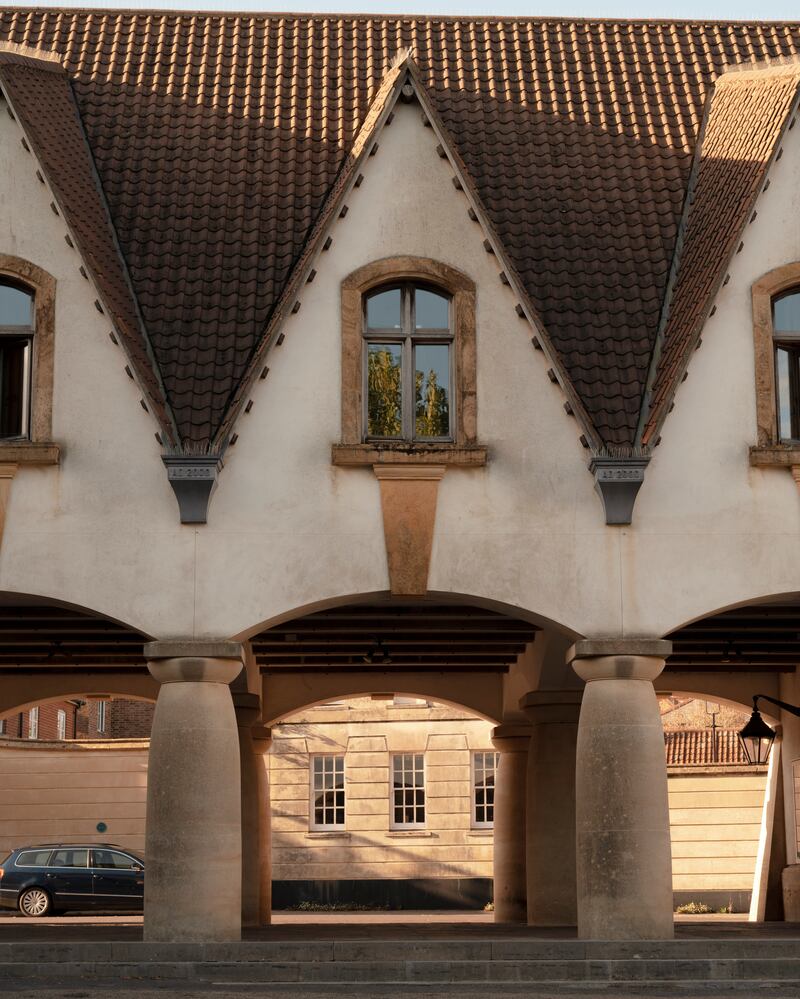
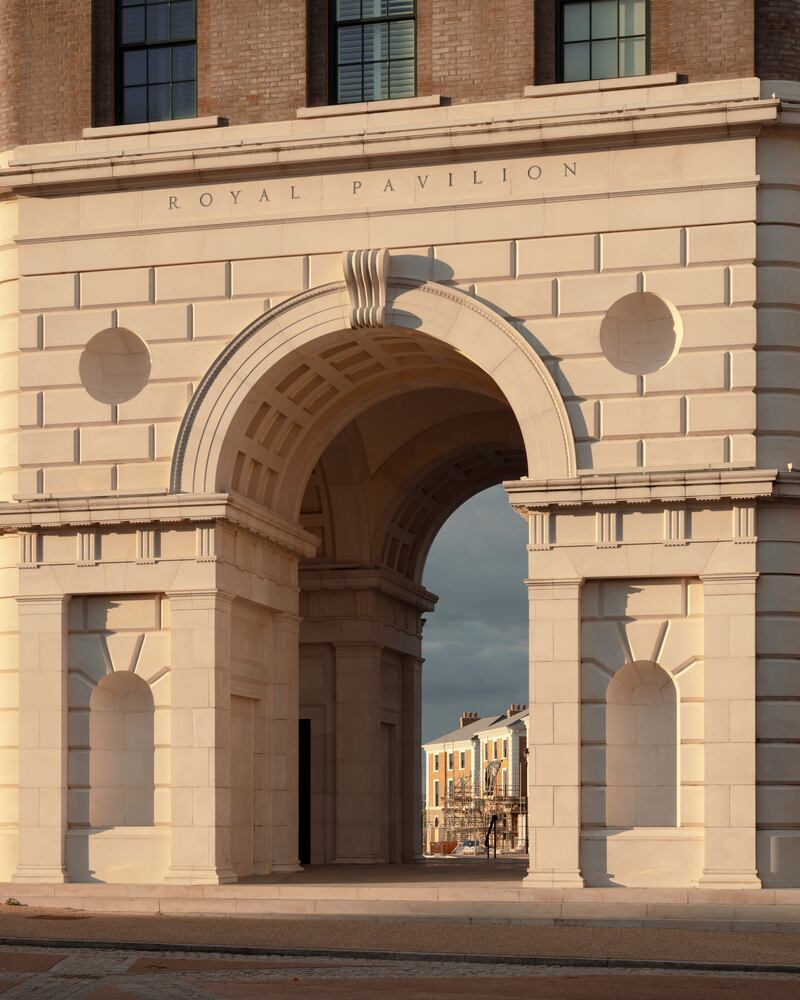
The town is governed by some rules that seem to come straight from feudal times. Nobody is allowed to paint their home a new colour “without the consent of His Royal Highness”, for example. Other regulations are more modern: Residents aren’t allowed a TV antenna or satellite dish, and they need royal permission to park a motor home outside their properties. This year, a Poundbury resident was ordered to remove almost 100 potted plants from outside her home.
Charles set out his architectural philosophy in 1987 in a book called A Vision of Britain. In it, he wrote that the country’s architecture should focus on historical and regional styles, and resist the “creeping cancer” of modernism that was making “everywhere — from Riyadh to Rangoon” (now Yangon) look similar. He also set forth 10 architectural principles, including that buildings should not dominate the landscape, that they should be built with local materials to lessen environmental impact and that they should feature enclosures and courtyards to foster a sense of community.
[ The Irish Times view on Queen Elizabeth II: the illusion of permanenceOpens in new window ]
Poundbury, planned by architect Léon Krier, incorporated those principles as well as several more of Charles’s ideas, including that public housing should be integrated with, and indistinguishable from, private homes and that towns should be walkable.
Quinlan Terry, a British architect who designed many of the buildings in Queen Mother Square, says that Poundbury was a success story: It showed that classical buildings were “easier on the eye” and preferable to brutal, modern architecture. Developers across Britain were now copying its approach, Terry says, with members of the public asking, “Why can’t I live in something like that?”
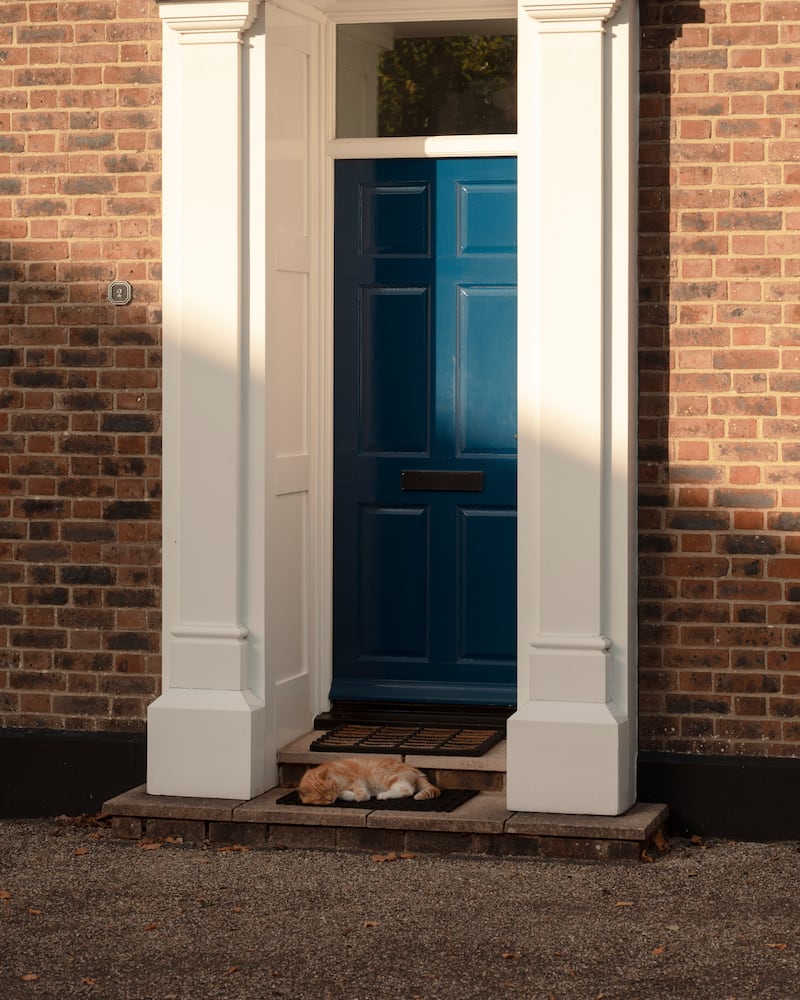
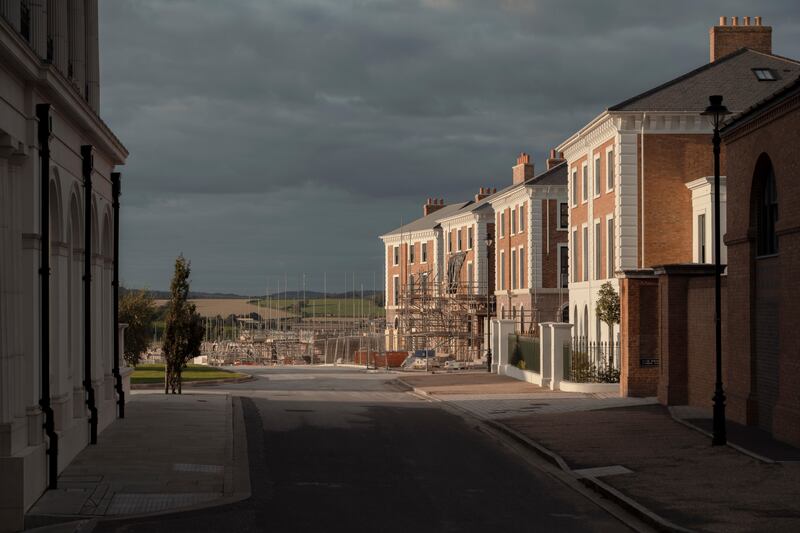
Yet other British architects say Poundbury is far from perfect. Ian Ritchie, an architect who has criticised what he calls Charles’s attempts to “scupper modern architecture,” says that Poundbury is more “a visual statement” and a “romantic notion of what architecture should be” than a deep engagement with questions about how people should live. “There’s nothing remarkable about it, apart from it was done by the prince of Wales,” Ritchie says.
David Chipperfield, a high-profile architect who Charles once praised for his renovation of Berlin’s 19th-century Neues Museum, says that he supported many of the ideas that informed Poundbury’s design, including the notion that buildings should have a low environmental impact. The problem, he says, was that many developers who were inspired by Poundbury ignored those wider ideas and focused simply on its mix of historical styles. “Now we have developments all over England which are little traditional buildings,” Chipperfield says, “but with no notion of public space, no idea of community, or the environment”.
Charles, who studied history at university, said in a 2009 speech that his interest in architecture had emerged as a teenager when he “became profoundly aware of the brutal destruction that was being wrought” on Britain’s towns and cities by modernist developers with their concrete designs.
Yet most of the British public were unaware of this passion until 1984 when he gave a speech at an event for the Royal Institute of British Architects. “For far too long, planners and architects have consistently ignored the feelings and wishes of the mass of ordinary people in this country,” he says. Architects were designing homes for critics, not tenants, Charles says, and they were filling London’s skyline with one “giant glass stump” after another.
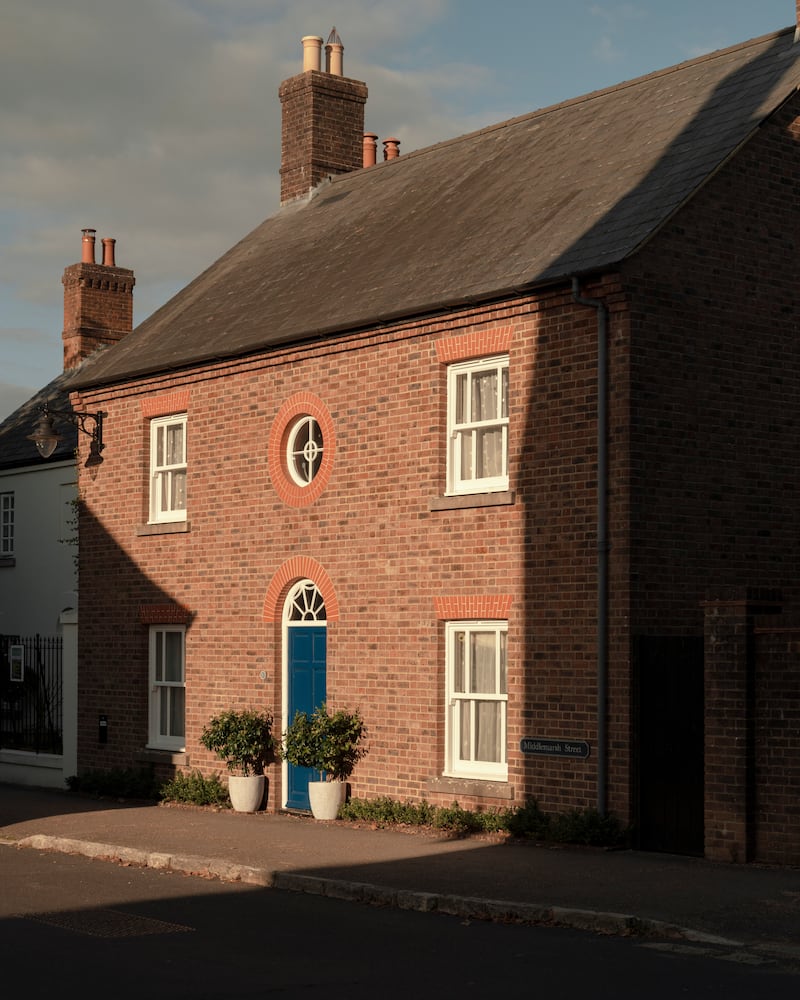
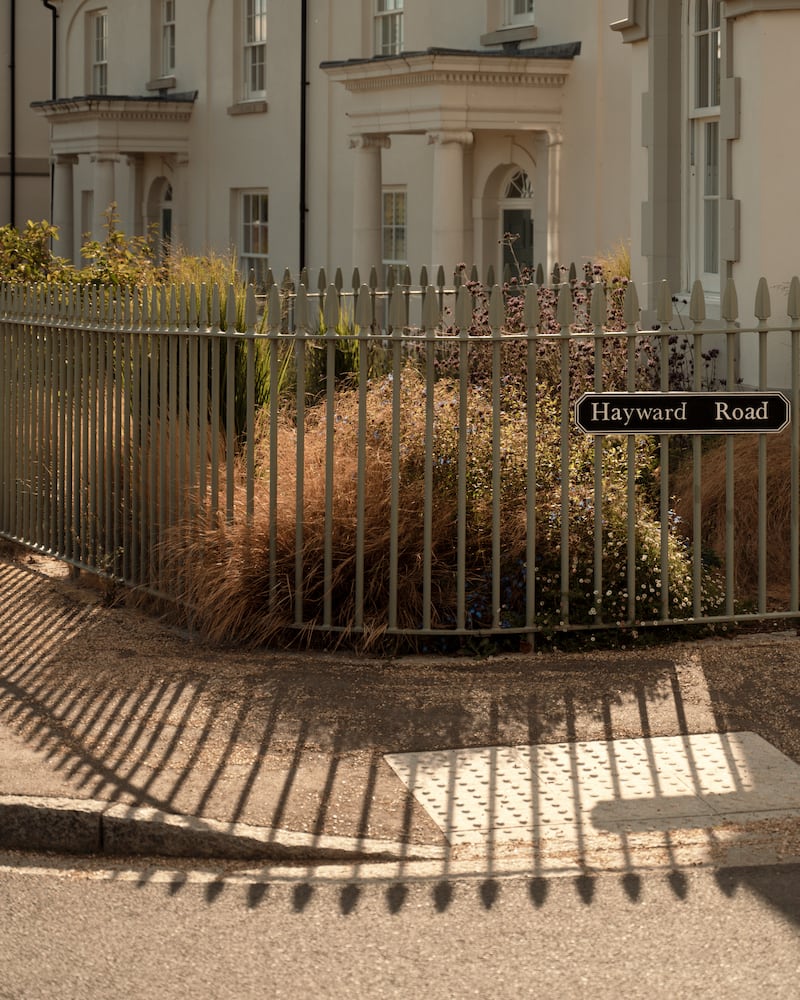

Charles then took aim at a proposed extension to the neoclassical building housing the National Gallery that had been drawn up by the architecture firm Ahrends, Burton and Koralek. The plan, which included a modern-looking curved glass courtyard, was, says Charles, “a monstrous carbuncle on the face of a much-loved and elegant friend”. (Not long afterwards, Ahrends, Burton and Koralek’s proposal was dropped.)
Charles has also intervened more directly, including several moves to stifle projects by Richard Rogers, a Pritzker Prize-winning architect who designed the Pompidou Center in Paris.
In March 2009, Charles wrote to the prime minister of Qatar about a project Rogers was developing at Chelsea Barracks, a former military site in London. In the letter, later revealed in court papers, Charles says that his “heart sank” when he saw Rogers’ plans for a series of apartment blocks of glass, steel and concrete. Charles urged the government of Qatar, whose sovereign wealth fund was involved with the development, to reconsider “before it is too late”. A few months later, after Charles met the emir of Qatar in private to discuss the proposal, Qatar dropped the plan.
Rogers, in interviews at the time, called Charles’s behaviour “unconstitutional”. “I don’t believe that the prince of Wales understands architecture,” Rogers wrote in his 2017 memoir, A Place for All People.
“He thinks it is fixed at one point in the past rather than an evolving language,” Rogers says.
Charles repeatedly tries to justify his interventions. “Let me point out that I don’t go around criticising other people’s private artworks,” he says in a 2009 speech. But, he says, “architecture defines the public realm, and it should help to define us as human beings and to symbolise the way we look at the world”.
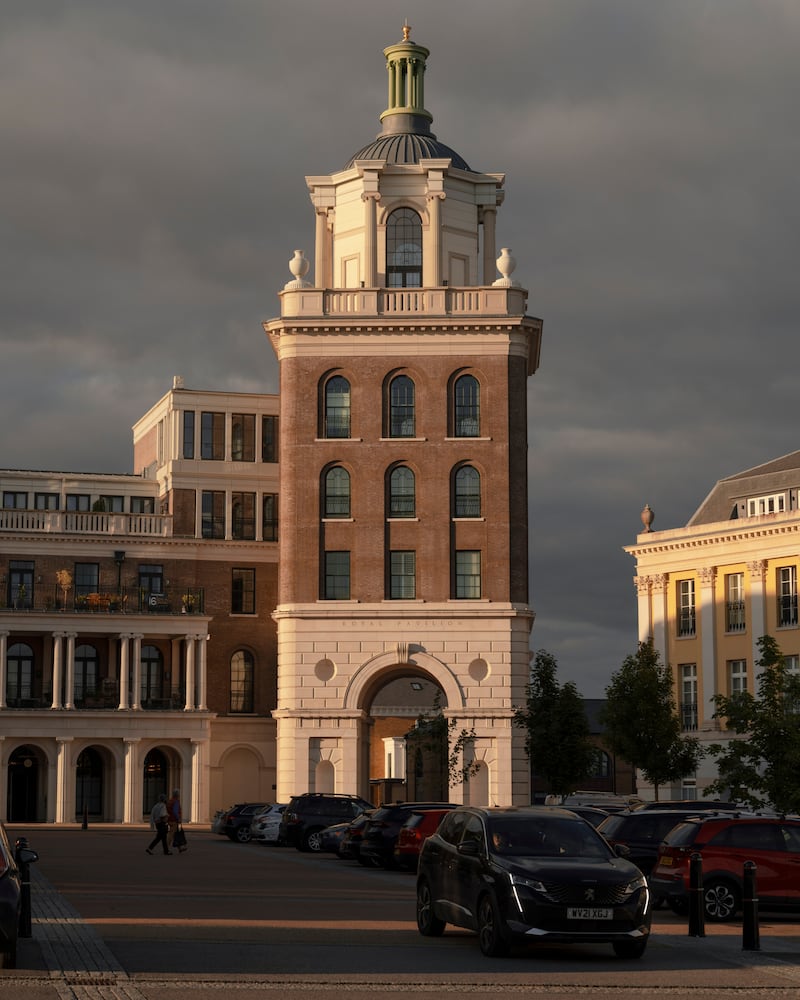

Several architects say they felt that now Charles was king, he would stop weighing in. “He’ll be preoccupied with matters of state,” Ritchie says. Chipperfield agrees, saying that he expected Charles would be “much more careful about getting involved with any individual cases,” but he says that he hoped Charles would still comment on the state of architecture and Britain’s environment.
“I don’t see what’s wrong with that,” Chipperfield says. “We don’t have enough people in political positions who are reflecting on what things should be like.”
In Poundbury, 10 residents say in interviews that they also felt that Charles would most likely stop campaigning against architecture he disliked, no matter the temptation to speak up. But several say there was one architectural cause that they thought he would never relinquish: Poundbury itself.
Sitting in the garden of her mock-Georgian town house, Fran Leaper, the editor of Poundbury Magazine, says that the town was “his project”.

Charles “always says, ‘It’s my Poundbury’,” Leaper says, adding that it was said in the town that he had endorsed every design aspect, right down to the door fittings. Few residents disagreed with interventions like those because they love the architecture and sense of community, she says; although many would like to install more modern window frames. The wooden ones they are obliged to keep were draughty, she says.
The development will be complete in a few years, Leaper noted, and its final mix of 2,700 homes is to include some cottages with thatched roofs, adding even more styles to the historical mix.
Poundbury is Charles’ architectural legacy, Leaper says, and a successful one at that — it was just a legacy that happened to be, as she described it, “quirky with a capital Q”. — This article originally appeared in The New York Times.
2022 The New York Times Company










